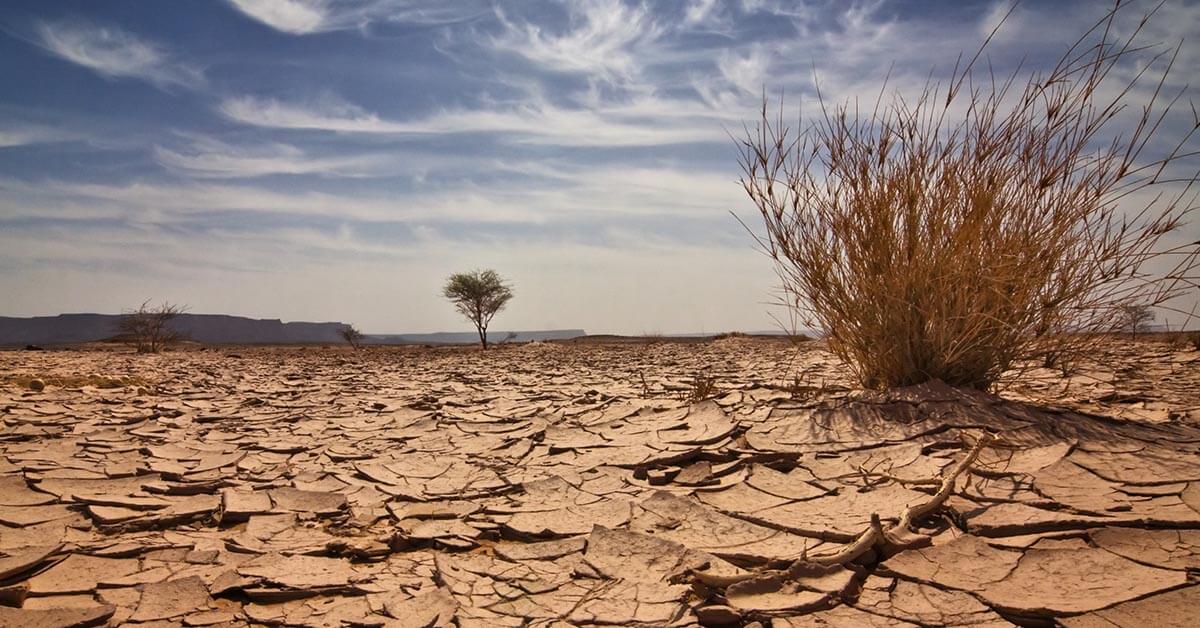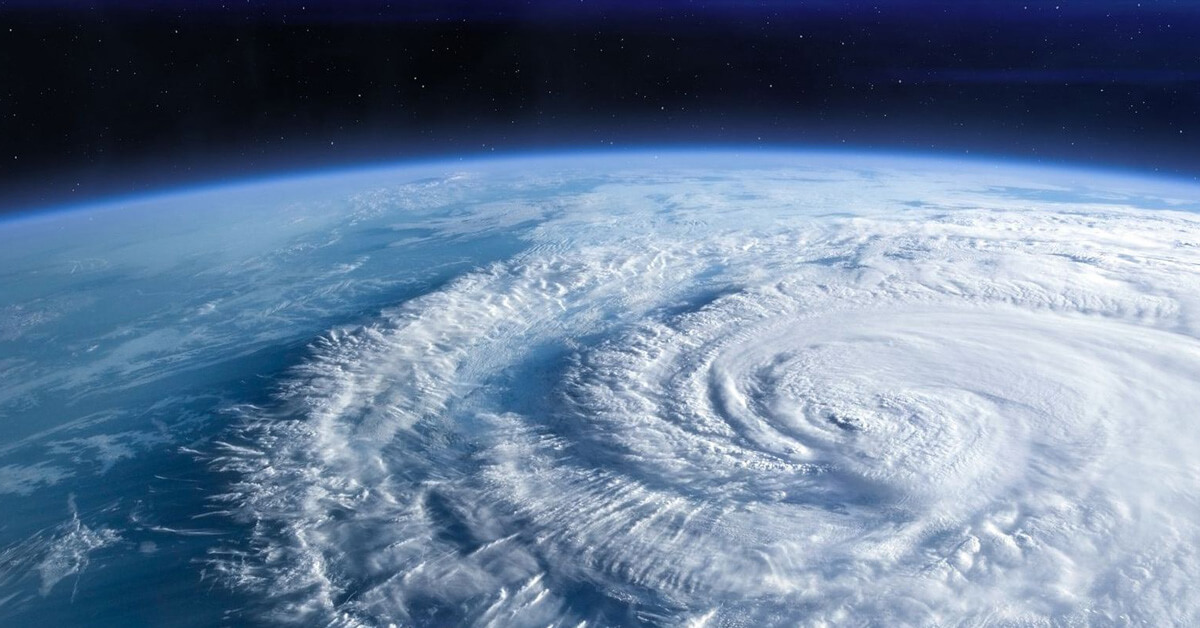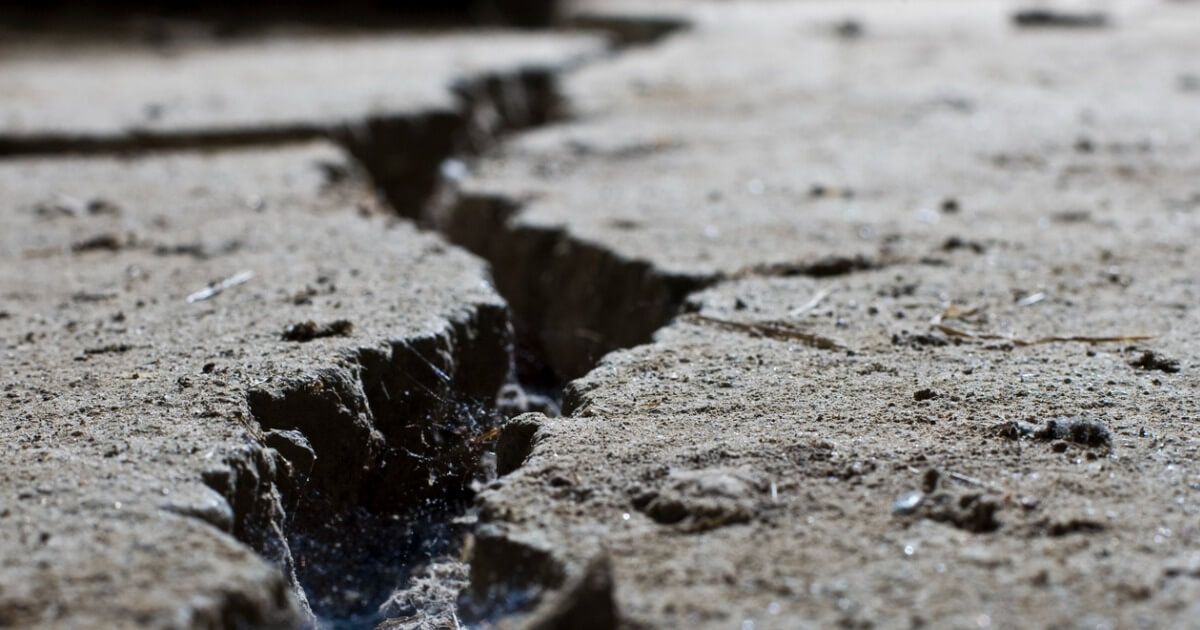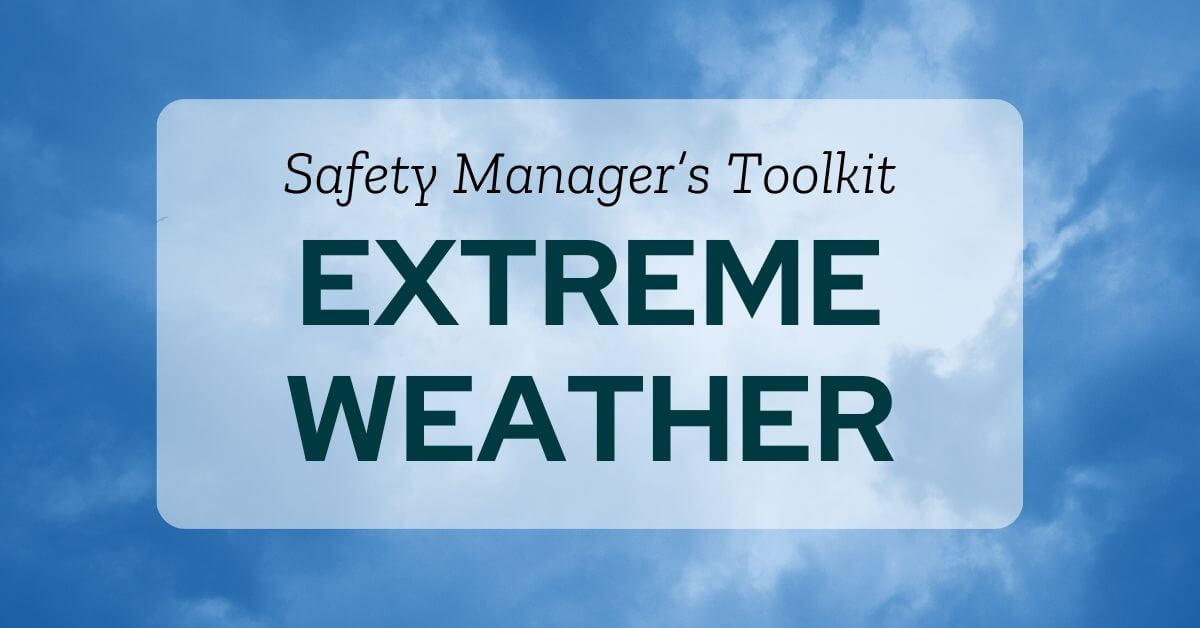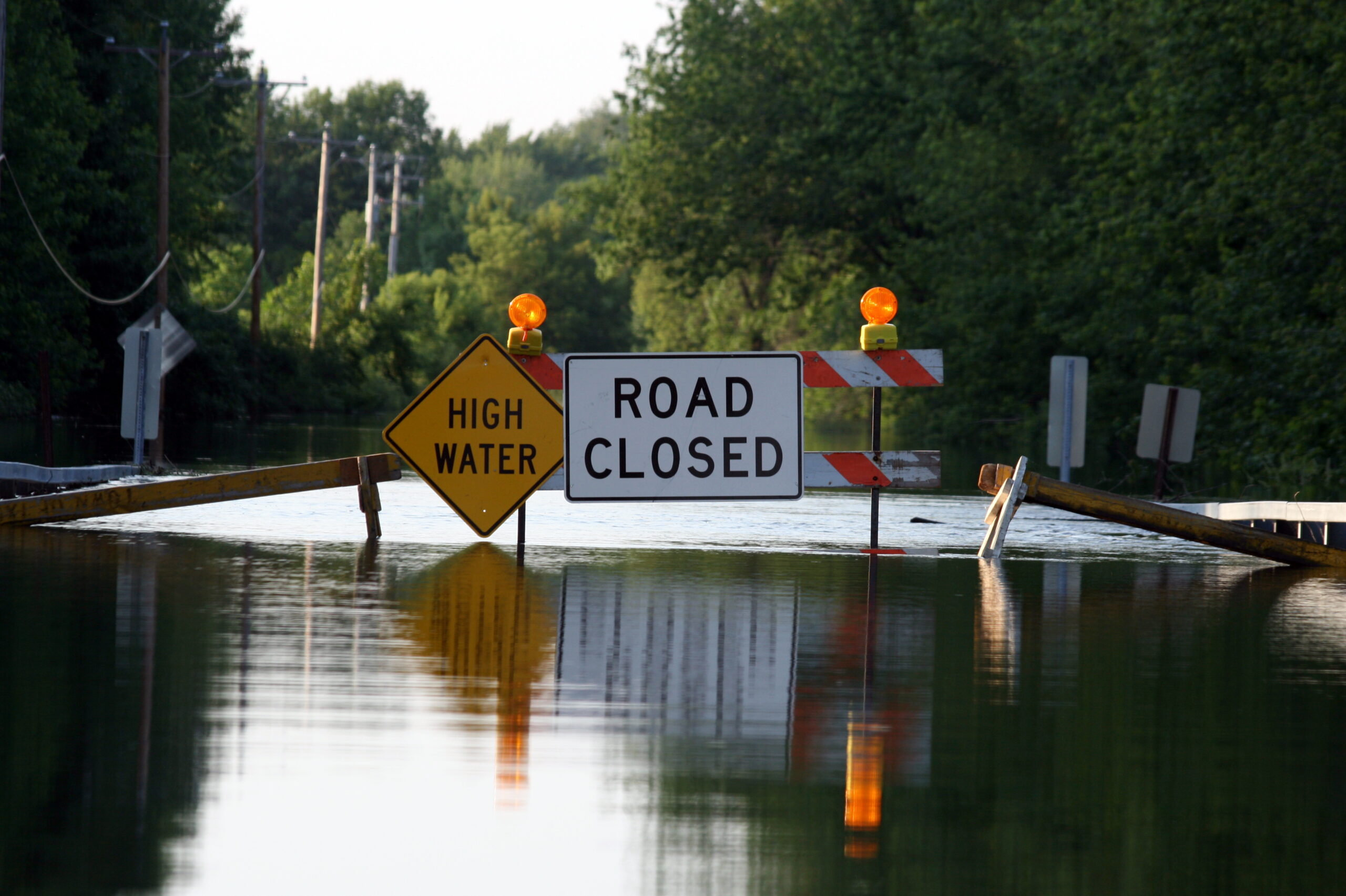Extreme weather events are becoming increasingly common across the globe, causing widespread damage and disrupting daily life. Hurricane season is spinning up again (pun intended) meaning it’s time to make sure we’ve got our safety plans in place.
So how do you prepare for hurricanes and tropical storms and weatherproof your facility? There are three keys to reducing the impact of winter weather events on your workforce. Let’s follow the three Ps we use for all extreme weather preparation:
Let’s dive into these three Ps
The First P
PLAN for Hurricane and Tropical Storm Safety
How do we plan for these events?
OSHA’s got some excellent guidance when it comes to hurricane preparedness.
Hurricane season starts in the Pacific on May 15th and the Atlantic on June 1st and ends on November 30th.
Understand how storms are categorized.
A tropical cyclone is a rotating, organized system of clouds and thunderstorms that originates over tropical or subtropical waters and has a closed low-level circulation. Tropical cyclones rotate counterclockwise in the Northern Hemisphere. They are classified as follows:
Tropical Depression:
A tropical cyclone with maximum sustained winds of 38 mph (33 knots) or less.
Tropical Storm:
A tropical cyclone with maximum sustained winds of 39 to 73 mph (34 to 63 knots).
Hurricane:
A tropical cyclone with maximum sustained winds of 74 mph (64 knots) or higher. In the western North Pacific, hurricanes are called typhoons; similar storms in the Indian Ocean and South Pacific Ocean are called cyclones.
Major Hurricane:
A tropical cyclone with maximum sustained winds of 111 mph (96 knots) or higher, corresponding to a Category 3, 4 or 5 on the Saffir-Simpson Hurricane Wind Scale.
Find Your Evacuation Zone or Route
Hurricanestrong.org has compiled a list of evacuation zones and routes by state.
It’s good to have this info on hand well before you need to put your plans into action.
The Second P
PREPARE for Hurricanes & Tropical Storm Safety
Why should we prepare for hurricanes and tropical storms?
Besides the economic impact of potential widespread property damage, the most important reason to prepare for extreme weather is to protect community members.
Are hurricanes and tropical storms covered in your facility’s emergency response plan?
An emergency response plan facilitates and organizes employer and employee actions prior to, during, and after workplace emergencies.
- Include evacuation or shelter-in-place procedures
- Make sure to cover emergency equipment and response, critical utility shutoff
- Develop a plan to shut off critical utilities.
- Gather emergency supplies that include fresh water and food, flashlights, batteries, and first aid kits.
Gather emergency supplies: Emergency contact phone numbers, food and water supply, medications, flashlights, batteries, important documentation, first aid kit, fire extinguisher, cell phone, identification
Get your facility ready: clear unsecure items, cover windows and doors, turn off critical utilities, check carbon monoxide monitors
Get your car ready: fill up with gas, emergency supplies, food and water
The Third P
PRACTICE Responding to Hurricanes & Tropical Storms
Who is in charge?
Employees need to know who the emergency coordinator is and understand that this person has the authority to make decisions during emergency events.
The coordinator is responsible for assessing the situation to determine whether an emergency exists and requires
- activating emergency procedures,
- overseeing emergency procedures,
- notifying and coordinating with outside emergency services, and
- directing shutdown of utilities or plant operations if necessary.
Prepare your facility when the storm’s a-comin’
- Ensure employees are informed of current weather warnings and risks
- Ensure you have a business closure plan in place to allow for safe evacuation and return of employees
- Secure drums and tanks and ensure fill ports are closed
- Secure advertising, promotions, trash cans, and other loose items that can blow away
- Move equipment and assets to higher ground
- Shut off utilities, practice electrical safety, avoid water that covers the electrical outlets or where cords are submerged.
- Be ready to evacuate and obey evacuation orders
- Avoid driving through standing water. If you come upon a flooded street, take an alternate route.
If your facility has a generator, ensure proper maintenance and inspections are documented.
Discuss evacuation procedures or best shelter-in-place protocols with all impacted employees.
Host formal training to employees authorized to shutoff utilities.
Hurricanes and Tropical Storm Safety can be challenging, but we can tackle them head-on with a solid emergency action plan.
By staying informed and taking proactive steps, you can minimize damage and ensure the safety of our workforce and infrastructure.
Whether it’s by regularly checking the local radar, setting up emergency alerts, or running drills, there are plenty of ways to prepare for hurricanes and tropical storms.
Subscribe to the blog to get best practices for responding to extreme weather events. We’ll be posting a new article monthly.
With a little preparation, we can face any weather challenge with confidence.
Our Better Workforce Blog is your Ultimate Guide!
Stay informed with weekly industry updates, expert insights, best practices, and actionable tips to enhance workplace safety and compliance.
Read the Latest Extreme Weather Articles
Subscribe to the Blog:
Get Best Practices in Your Inbox
Get tips, tools, and articles sent to your inbox weekly.



